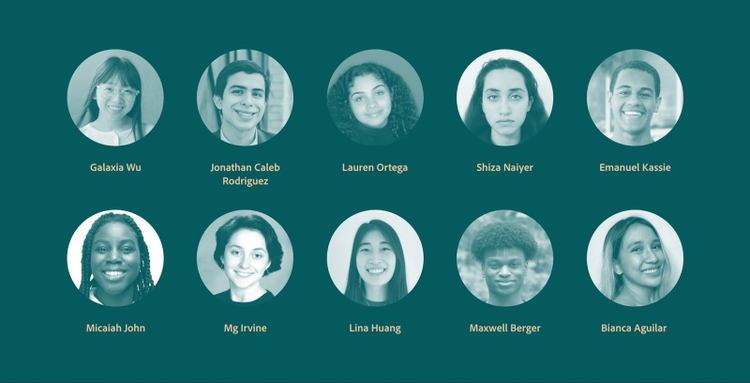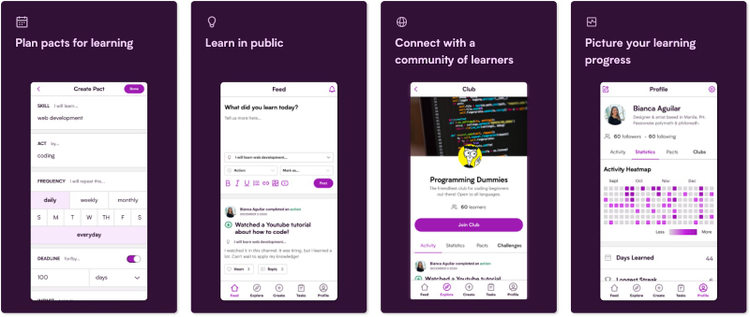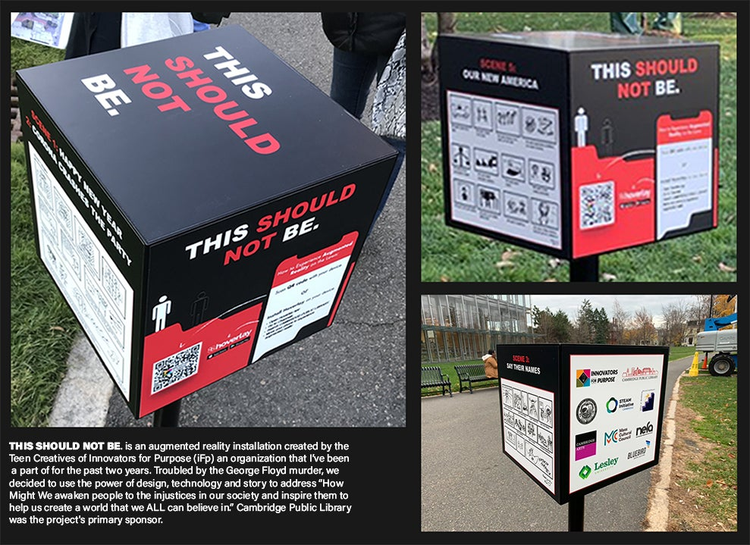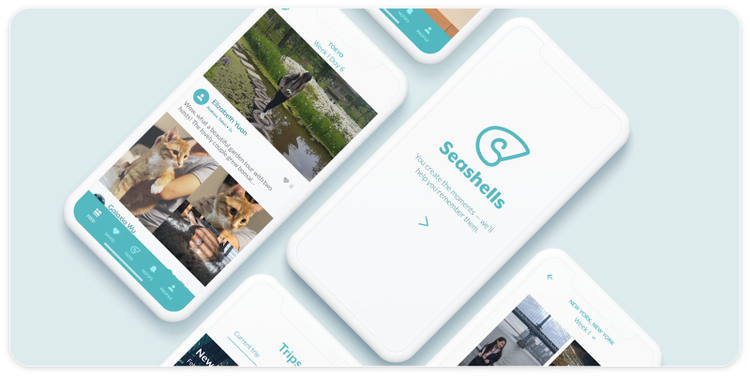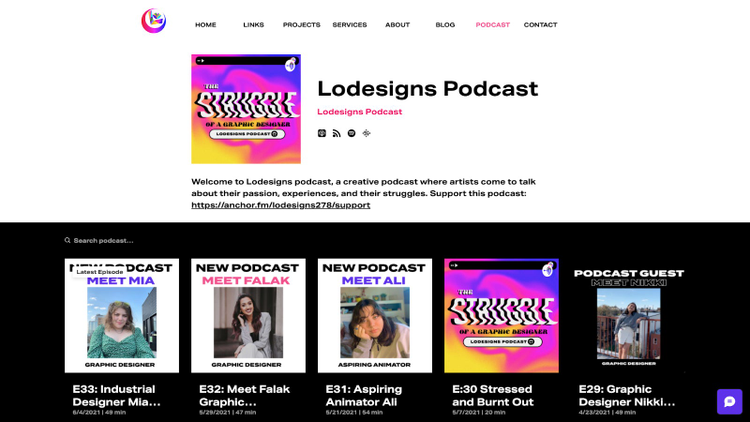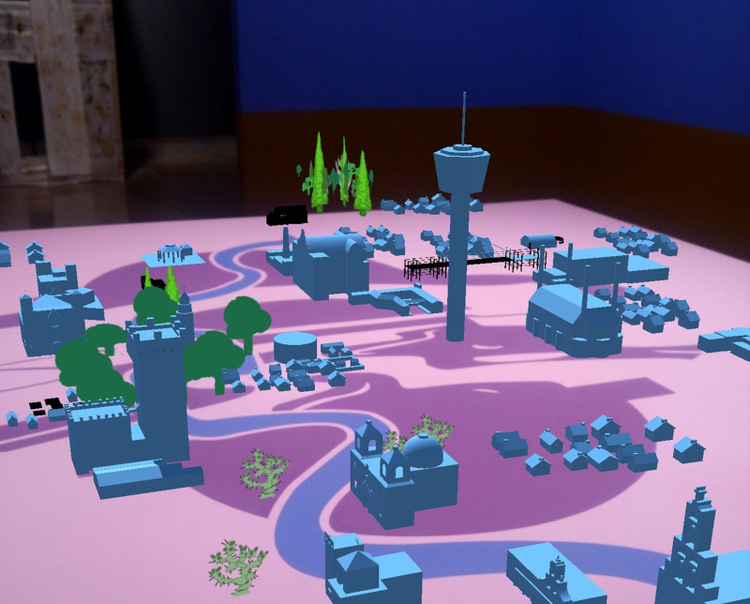Last year, Adobe launched a new scholarship program to give the youth of today the opportunity to learn and express themselves through creativity and technology, regardless of their economic or cultural backgrounds. This is part of our belief that a diverse design community, one that truly reflects the world around us, is essential to our industry’s future.
In the time since we first announced the scholarship, events have made it clear that it’s more important than ever for us to stop, listen, learn, and take action in support of underrepresented communities. At Adobe, we are resolute in our commitment to driving pervasive and lasting change. We’ve launched several initiatives, such as the Design Circle scholarship, to accelerate representation, growth, and advancement for these communities and build a more diverse talent pipeline. You can learn more about the breadth of our efforts here.
Meet the recipients of Adobe’s second annual Design Circle Scholarship
Given today’s social climate, it’s especially gratifying for me to be able to announce our second cohort of ten future designers who will receive our scholarship. Each will receive up to $25k per year, for each year of their undergraduate education (up to $100k in total over four years), to help relieve certain financial barriers to entry for them. They’ll also be able to access invaluable mentorship opportunities via an incredible network of design leaders.
The scholarship is an initiative of the Design Circle, a collective of 27 incredible voices from the design industry who are collaborating to drive positive change in our design practice as well as business, society, and culture. These design leaders, along with Adobe, have carefully and thoughtfully reviewed hundreds of applications from 49 countries.
Reading through each applicant’s story and looking at their impressive portfolios has been hugely inspiring. It’s shown us that a new wave of talented, passionate, and diverse individuals, who are full of potential, socially conscious and committed to helping bring about meaningful change, are now entering the world of design. This next generation of designers is poised to not only shape our industry, but also to help society become more equitable for all.
Without further ado, it’s my absolute pleasure to introduce the 2021 winners of the Design Circle scholarship:
Bianca Aguilar (She/Her)
Hometown: Manila, Philippines
Ateneo de Manila University
Bianca is studying Design and Computer Science at Ateneo de Manila University. As a designer, educator, and dancer, she combines her passion for STEM and the humanities to help drive the next generation of creatives and technologists. When she’s not working with early-stage startups, you can find her nurturing young creators at tech communities like Developh and User Experience Society.
Maxwell Berger (He/Him)
Hometown: Cambridge, MA
Lesley University
Maxwell is studying Interactive Design to respond to and solve the social injustices that his and other communities are facing. Already understanding the inequities and challenges of Black designers, he hopes to use it as fuel to develop himself and defy the odds.
Galaxia Wu (She/Her)
Hometown: Coquitlam, British Columbia
Sheridan College
Galaxia is an Interaction Design student on a mission to design a more accessible world. To her, accessibility goes beyond just color contrast and alt text — it’s about cultural sensitivity, fundamental inclusivity, and ensuring that ethical design principles are taken to heart. Her design journey has allowed her to wear a variety of hats, and she’s always looking forward to her next opportunity to expand her breadth of experience.
Lina Huang (She/Her)
Hometown: Boston, MA
The George Washington University
Lina studies Interaction Design and Creativity, Innovation, and Entrepreneurship at The George Washington University and is interested in combining social impact, systems thinking, and human‐centered design practices to promote community healing. She believes that investing in diversity in design is necessary for the industry to best support the communities it serves and aspires to create welcoming spaces that advocate for low‐income and BIPOC designers.
Mg Irvine (They/Them)
Hometown: River Edge, New Jersey
Rochester Institute of Technology
Drawing on a childhood immersed in colorful fantasy and interactive media, Mg recognizes the power that creativity holds in terms of communication, connection, and innovation. Working through anxiety and difficulty communicating with others, Mg has used their love of game design and development to express themselves and bond with others. They are proud of their ability to cope with mental illness and adversity and hope to strengthen communities that struggle with expression through artistic vision.
Micaiah John (She/Her)
Hometown: London, United Kingdom
Syracuse University
Micaiah believes that art should be a means of broadening dialogue between people of differing perspectives and opinions, showing that life for others is more than meets the eye. Having grown up seeing how various artistic mediums can challenge the viewer to assess their perceptions of the world around them, Micaiah aspires to create positive interactions between people of different backgrounds in the future through the mediums of acting, photography, and graphic design.
Emanuel Kassie (He/Him)
Hometown: Woodbury, Minnesota
University of Southern California
Emanuel is an Ethiopian-American student studying Cognitive Science at the University of Southern California. When people hear the words “designer” or “engineer,” the first thing they think of is Facebook, Apple, and other Silicon Valley companies, while hearing “politics” or “government” sometimes leads to rants about politicians and bureaucracy. Emanuel wants to leverage his personal experiences, passion for design, and interest in government to explore how we can use design to improve the lives of all Americans in areas like voter participation, education, and healthcare.
Shiza Naiyer (She/Her)
Hometown: Phoenix, Arizona
Arizona State University
Shiza plans on studying Computer Science with an emphasis on cognitive science. It’s said that an image is worth a thousand words, so being a designer gives her a powerful tool to impact society in a positive way. As a woman in STEM, Shiza hopes to encourage other women to use design and computer science to accomplish their goals.
Lauren Ortega (She/Her)
Hometown: Pasadena, Maryland
School of Visual Arts
Lauren will be studying Interaction and Motion Design at the School of Visual Arts. Her goal is to teach others the importance of innovatively designing for social change. She founded a graphic design studio called Lodesigns and launched an accompanying podcast for creatives to talk about their passion and share their struggles. As a multicultural student, Lauren wants to provide resources for the future generation of designers like herself and inspire them to dedicate themselves to pursuing their passion.
Jonathan Caleb Rodriguez (He/Him)
Hometown: San Antonio, Texas
Savannah College of Art and Design
As a young entrepreneur, Jonathan will be studying UX Design at SCAD which intersects with his web design background and passion for creativity, technology, and leadership. He desires to research and design business solutions to improve user experiences for products and services across all industries, while mentoring and staying connected with young Latinos interested in design. In an industry where Latinos are underrepresented, Jonathan believes he will make a difference in driving UX design innovation of products, services, and systems inclusive of his culture.
At Adobe, we believe that when people feel respected and included they can be more creative, innovative, and successful. Learn more about how we are investing to advance diversity and inclusion and move our industry forward.
